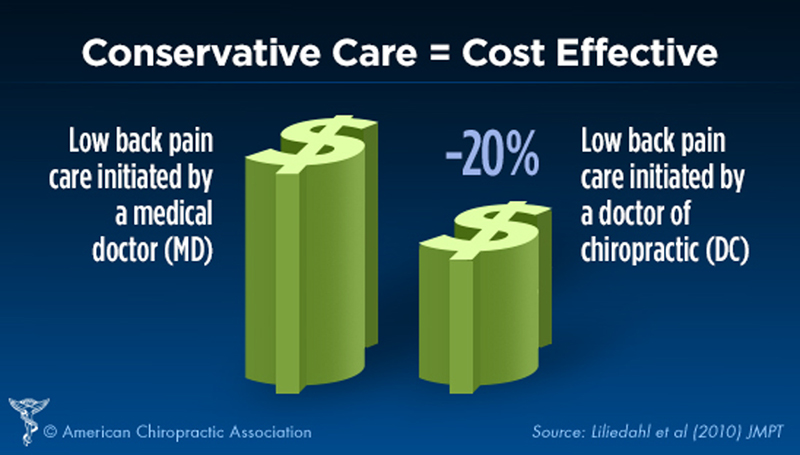Spine Care as a Framework for the Chiropractic Identity
Spine Care as a Framework for the Chiropractic Identity
SOURCE: Journal of Chiropractic Humanities 2016 (Nov 4)
Michael Schneider, DC, PhD, Donald Murphy, DC,
Jan Hartvigsen, DC, PhD
Department of Physical Therapy,
University of Pittsburgh,
Pittsburgh, PA
Objective The purpose of this commentary is to provide an argument for the role and identity of chiropractors as spine care providers within the context of the greater health care system.
Discussion Surveys of the general public and chiropractors indicate that the majority of patients seek chiropractic services for back and neck pain. Insurance company utilization data confirm these findings. Regulatory and legal language found in chiropractic practice acts reveals that most jurisdictions define the chiropractic scope of practice as based on a foundation of spine care. Educational accrediting and testing organizations have been shaped around a chiropractic education that produces graduates who focus on the diagnosis and treatment of spine and musculoskeletal disorders. Spine care is thus the common denominator and theme throughout all aspects of chiropractic practice, legislation, and education globally.
There are more articles like this @ our:



